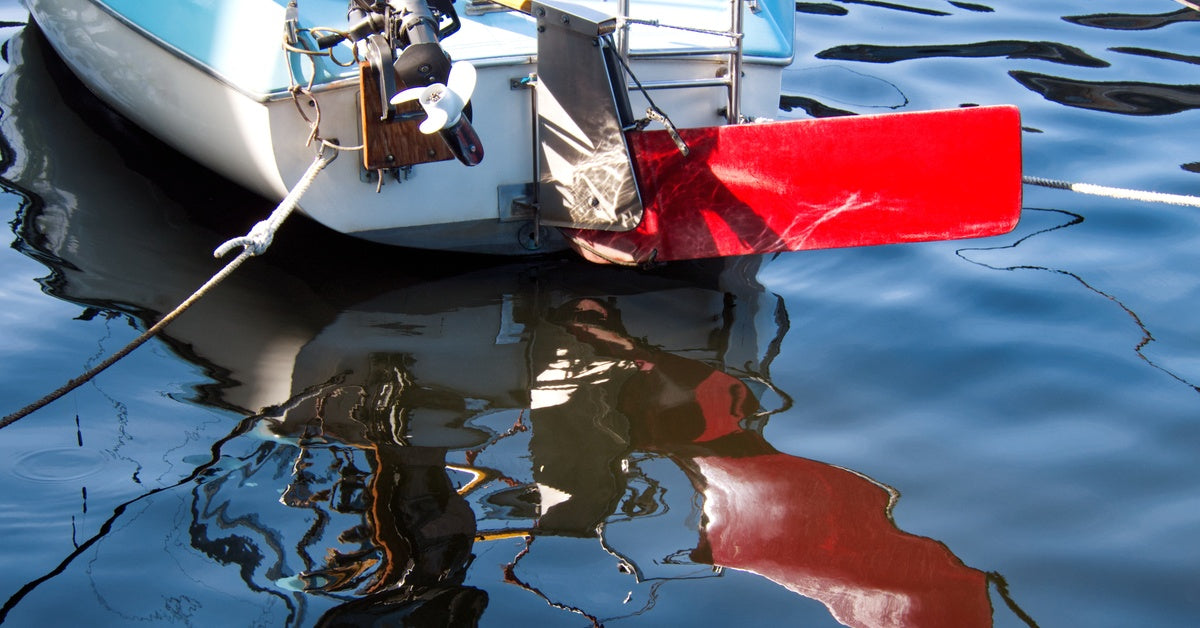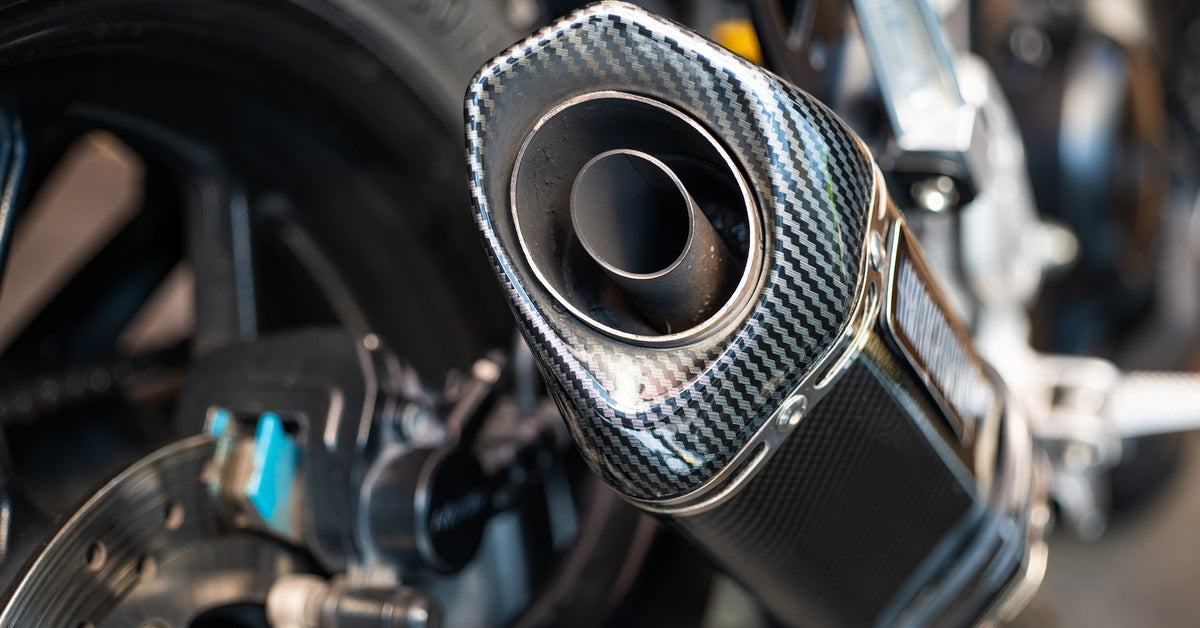

Classic American cars fill Cuba’s streets. But are they collector-worthy?
Mention Cuba and any automotive-minded American immediately envisions streets lined with classic US-made cars in every color. Now that President Obama is moving to relax (if not ultimately end) our nation’s 54-year-old trade embargo against the Pearl of the Antilles, many collectors are wondering if Cuba may be the next mother lode of accessible classic rides.
Perhaps – and perhaps not, experts say. Throughout the early 20th century, after gaining its independence from the US in 1902 and until the Communist revolution in 1959, Cuba thrived. A mid-century economic boom filled its streets with Detroit steel. But that stopped in 1960 with the US commercial, economic, and financial embargo imposed on Cuba in response to human rights violations and troubled diplomatic relations. The result today is a virtual time capsule of primarily 1940s and 1950s American-made rides.
But many of those colorful, curvy and fin-sporting rides aren’t exactly in factory condition. After all, even the best kept vehicles undergo wear and tear after years of regular use. And the embargo meant that Cuba’s car owners were forced to use odd substitutions or fabricate new auto parts, as access to new or replacement American parts had been nixed. That’s how Hagerty Insurance Agency CEO McKeel Hagerty, on a trip to Cuba 10 years ago, came upon a beautifully maintained 1956 Cadillac powered by a Peugeot diesel engine.
It’s suspected that many of the American classics traversing Cuba’s streets are sporting Frankenstein-like alterations, which can tank collector value. A few scarce jewels may be found in high-performance Maseratis, Jaguars or Ferraris left behind when Cuba hosted Grand Prix races from 1957-1960. Turns out racing teams often sold cars to Cuban buyers because shipping them home was too pricey. But many of these prized rides have long since left the country – a few of them being snuck out during the revolution.
Plus, while many of Cuba’s car owners no doubt will be happy to sell or auction their classic rides to make some nice coin, Hagerty recently told CNBC that he suspects many others will be unwilling to part with their cars or to end their DIY repair mindsets.
“These guys have been doing it so long, I imagine a lot of them will stick with what they have,” Hagerty said. “I think they’d all like to have their lifestyle and income improved, but you can tell there’s a nostalgia for how they’ve been able to survive, as well.”







